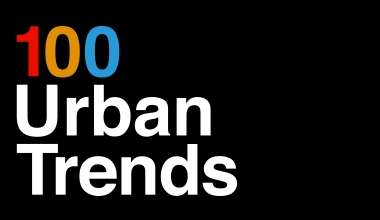
The latest glossary showcasing the most talked-about urban trends has been published, creating a new resource for understanding the way people relate to and live in cities.

The BMW Guggenheim Lab is designed to raise awareness and generate conversations about important urban challenges in cities around the world. The Lab launched in New York with a focus on the theme of “Confronting Comfort”; traveled to Berlin, where the programming emphasized active citizen participation in shaping cities; and then opened at multiple sites in Mumbai, where projects and programs explored perceptions of privacy and public space.
“These glossaries are meant to further the conversations started by the Lab and spark analyses of these three cities and comparisons of the respective urban environments,” stated Richard Armstrong, Director of the Solomon R. Guggenheim Museum and Foundation. “Integral to these glossaries is the concept of cities as hubs for ideas, and how the Lab has captured some of the prevailing thoughts citizens and experts alike have about their cities.”
The glossaries include trends such as the following:
10,000 Honks:
celebrity cricket player Sachin Tendulkar, who visited the Mumbai Lab, suggested a rule that would limit every car to 10,000 honks after the time of its purchase. The regulation would help control sound pollution in Mumbai’s streets and fund urban noise-reduction projects, as drivers would need to purchase any additional honks from the government. (Mumbai)
Glocalism:
combining “local” and “global,” this term speaks to two forces at play in all neighborhoods. In a climate shaped by rapid globalization and multinational corporations, widespread sameness is evident in any cosmopolitan hub. Conversely, each city has its own local, vernacular traditions. Glocalism is the merging of these two seemingly opposing forces. (New York)
Retrofitting Infrastructure:
the reimagining of an existing piece of major organizational infrastructure (e.g., transportation, water, sewage, and electricity). More than half of the world’s population now lives in cities. Although cities are more energy efficient than areas of suburban sprawl, they still face challenges to sustainable living—mainly due to the fact that the major infrastructure necessary to provide essential needs for residents and businesses has already been put in place. Rather than expending additional energy, resources, and funds on demolishing heavy infrastructure to improve city living, retrofitting infrastructure has become an alternative solution. (Mumbai)

Leave a Reply